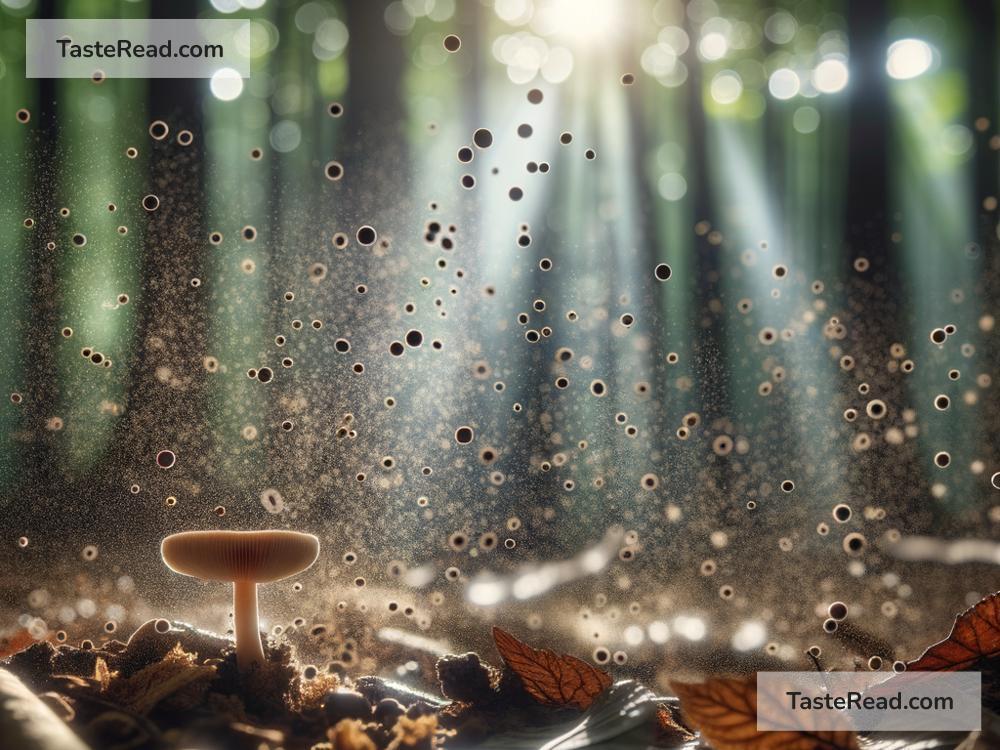The Truth About Mushroom Spores and Their Reproduction: A Simple Guide
Mushrooms are fascinating organisms that capture our collective curiosity with their unique shapes, colors, and uses—from culinary delights to medicinal benefits. But have you ever wondered how mushrooms reproduce? The simple answer lies in tiny structures called spores. These microscopic particles are critical for how mushrooms grow and spread in nature. Let’s explore the truth about mushroom spores and their reproduction in simple terms.
What Are Mushroom Spores?
Spores are the seeds of mushrooms—but they’re not exactly like the ones you find in plants. Instead, spores are tiny, dust-like cells responsible for helping mushrooms reproduce. Each mushroom can produce millions, even billions, of these spores.
If you’ve ever seen a mushroom cap, take a moment to flip it upside down. Under the cap, you’ll find delicate structures called gills, pores, or spines, depending on the species of mushroom. These structures are where the spores are formed. When the spores mature, they are released into the air or carried away by wind, animals, or water.
How Do Mushroom Spores Reproduce?
Mushroom reproduction essentially has two phases: spore dispersal and the growth process. Let’s break it down step by step.
1. Spore Dispersal
Spores are released from the mushroom cap into the environment. Think of it like scattering seeds. However, unlike seeds, spores are much smaller—microscopic, in fact. Because they’re so tiny, they can easily ride the wind and travel to new locations far away from the original mushroom.
When spores land in a favorable environment, like damp soil with plenty of organic material, they begin their life cycle. Not all spores succeed in finding the right spot to grow, but when conditions are just right, things really start to happen.
2. Germination and Mycelium Formation
Once a spore lands in the ideal conditions (which typically include moisture, food sources, and moderate temperatures), it germinates. Germination is similar to how a seed grows roots. In mushrooms, the spore grows thread-like structures called hyphae.
Here’s where things get interesting: mushroom spores need to find a partner to reproduce. Think of it as connecting two puzzle pieces. If two spores of the same species come into contact and are compatible, their hyphae fuse together to create a network called a mycelium.
Mycelium acts like the underground root system for mushrooms. It spreads beneath the surface, breaking down organic materials like dead plants, leaves, and wood, which provides nutrients. This network also connects with other plants and fungi, forming a fascinating web of life underground.
3. Fruiting Body Formation
After the mycelium has spread far and wide, it works to produce the mushroom itself—the part we see above ground. A mushroom is essentially the fruiting body of the fungus, designed specifically to release spores into the environment.
The process begins when environmental conditions like rain, temperature changes, and light signals the mycelium to create small bumps called primordia, which eventually grow into full-sized mushrooms. Once mature, the mushroom releases spores, starting the cycle all over again.
Why Are Spores Important?
Spores are vital for the survival and evolution of mushrooms. Without spores, mushrooms wouldn’t be able to reproduce or spread to new areas. But the importance of spores goes beyond reproduction. They play an essential role in ecosystems, helping fungi break down organic matter and recycle nutrients back into the soil. This process supports the growth of plants and other organisms, keeping ecosystems balanced and thriving.
Fun Facts About Mushroom Spores
Spores might be tiny, but they are packed with fascinating features. Here are a few fun facts about mushroom spores:
-
Colors Galore: Mushroom spores come in a variety of colors, like white, black, purple, yellow, and brown. If you ever do a spore print by placing a mushroom cap on paper for a few hours, you can see its unique spore color.
-
A Billion Strong: Some mushrooms can produce over a billion spores in a single day. That’s nature working overtime!
-
Lightweight Travelers: Spores are so small and light that they can travel hundreds of miles just by floating on air currents.
-
Weaponized for Survival: Spores are incredibly tough, capable of surviving extreme conditions, such as intense heat or freezing temperatures, until they find the perfect environment to grow.
Mushrooms: More Than Meets the Eye
Mushroom spores and their reproduction process are proof that mushrooms are not just tasty additions to our meals—they are remarkable organisms with complex life cycles. Thanks to their spores, mushrooms can spread far and wide, contributing to the health of ecosystems and enriching the natural world.
So, the next time you spot a mushroom on a hike or in your backyard, take a moment to marvel at the incredible process that brought it there. Those tiny spores floating invisibly in the air represent the magic of nature’s engineering—small but mighty building blocks of life.
Whether you’re a curious learner, a mushroom enthusiast, or just someone who enjoys occasional mushroom hunting, understanding the truth about spores reveals the remarkable story of fungi and their hidden world underground.


